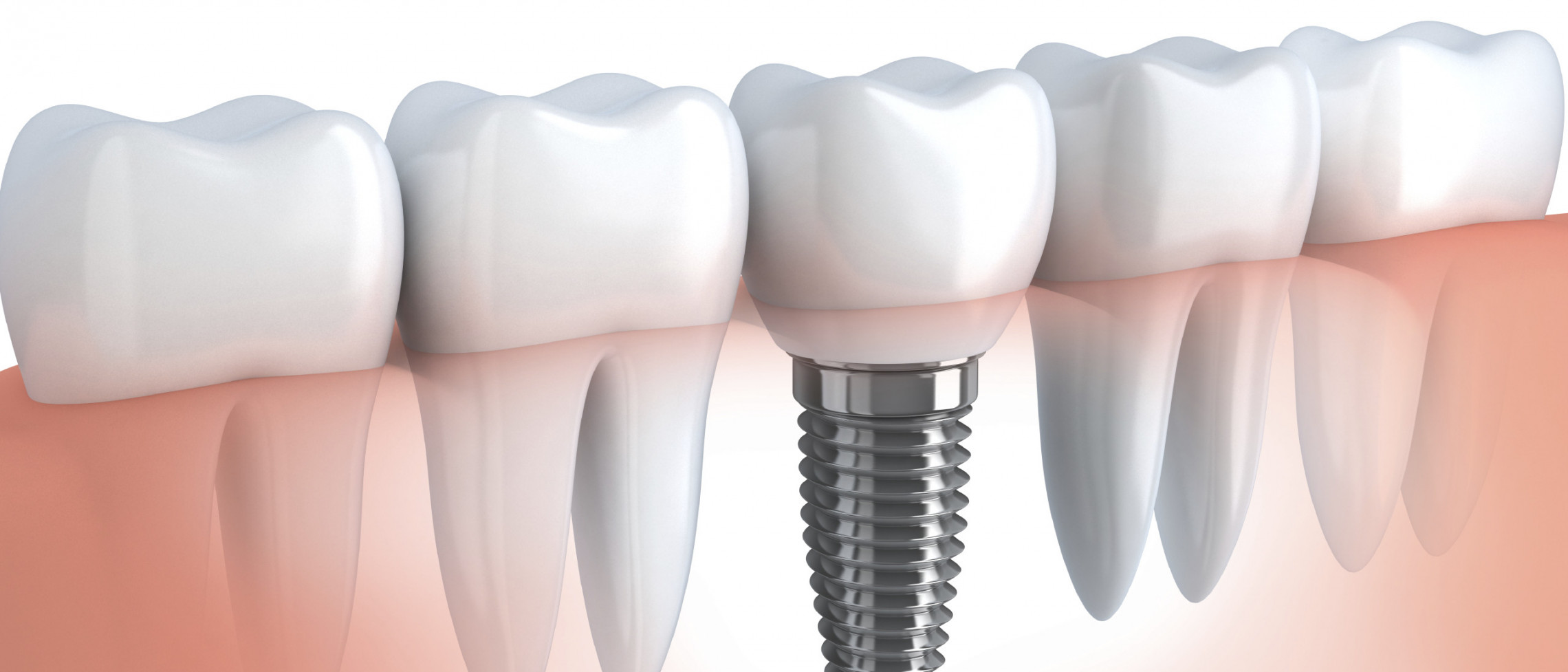
• One-stage implant – The implant is placed into a new, healing or healed extraction site (where the original tooth has been removed from). This requires only one surgical appointment and the implant is normally ready to support a tooth a few weeks or months later.
• Two-stage implant – The first stage involves placing the implant into a new, healing or healed extraction site and then covered by a layer of gum so that it cannot be seen. At the second stage some weeks or months later, the implant is uncovered and components added bringing it above the gum ready to begin placing a new tooth.
• Same day implants – This technique is most often used to treat the lower jaw. Several implants are placed and a few hours later a complete arch of temporary or permanent teeth can be attached. Not all patients are suitable for this style of treatment.
• Immediate implant – For this technique a tooth is removed and an implant placed immediately into the extraction site. Depending upon the bone and soft tissue conditions, the implant surgery may be a one- or two-stage procedure. Not all patients are suitable for this approach.
• Immediate implant and early loading – This is effectively a one-stage technique where the implant is placed into a new, healing or healed extraction site and is fitted with a new tooth during the same appointment. This first tooth will normally be kept out of direct contact with opposing teeth for a healing period of more than three months, after which it is restored. Again, not all patients are suitable for this treatment option.
Find a dental implant specialist in your area
Related Treatments

Dental Implants
Dental implants are relatively common, designed to...

